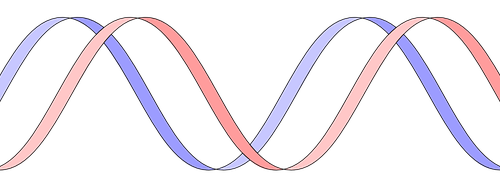Post-filing data can sometimes be the crucial difference between a patent allowance and a final rejection. The reasons are endless why important data may not have been included in the original patent application as filed. Time and budget may have been insufficient to generate data over the full scope of the claims at the time of filing. The priority of a company’s business may have changed, meaning now more resources are available to generate data in this new area. Whatever the reason, patent practitioners often rely on data generated after the filing of the original application in order to overcome rejections from the patent office. Traditionally, China has been known…
-
-
Diagnostic Claims in China
The Chinese Patent Law excludes patenting methods of diagnosing or treating a disease. More specifically, this refers to processes of identifying, determining, or eliminating the cause or focus of diseases which are practiced directly on living human or animal bodies. Please keep in mind that instruments used for implementing these methods are still patentable. So what constitutes a diagnostic method that would be excluded from patent protection? It must meet the following two criteria: Living Human or Animal Body This first requirement means that, for example, methods of pathological anatomy that are practiced on cadavers would be patent eligible. As long as the method is not used to obtain information…



